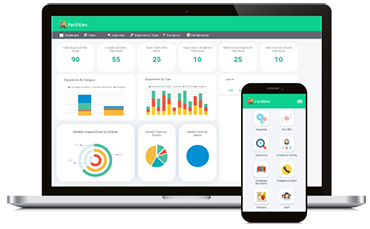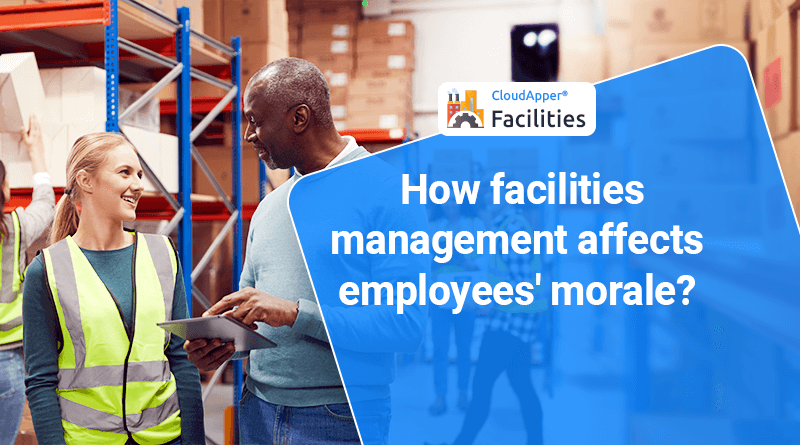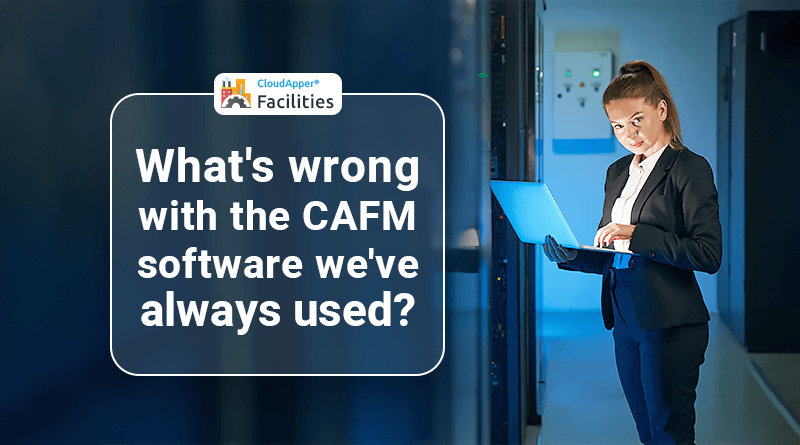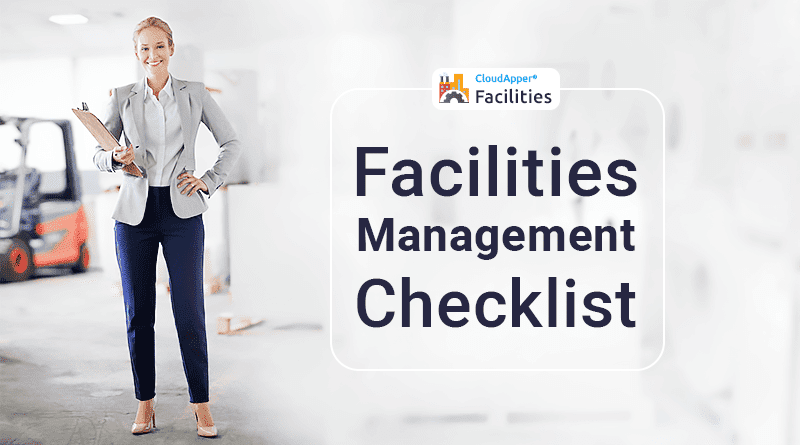These past few months have taught us a great deal about how to live and work in a pandemic environment, especially in the world of commercial and institutional facilities. So what trends do we expect to see in facilities management in the future?
The COVID-19 pandemic has brought upon newfound challenges in the realm of facilities management. If you told me about social distancing a year ago, I would have thought it was an absurd idea. If you had said that you couldn’t find soap or toilet paper in the grocery store, I would have probably laughed. And wearing a mask wherever I go? Surely not. But that is what the world has come to right now.
So let’s have a look at the trends we expect to see in facilities management in the upcoming days.
Social Distancing at Work
Yes, social distance is the new norm. Even if vaccines are released in early 2021, maintaining social distancing will still prove to be challenging. Organizations will look for ways to limit employee interactions while enforcing social distancing norms to create the best possible working environment for employees’ health and safety. To being with, the first challenge that needs to be addressed would be helping employees to get to and from their workplaces ensuring the lowest possible chances of physical interaction. The common areas of concern would be elevators, reception areas, staircases, break-rooms, lobbies, balconies, and so on. Sensor technologies and analytics may be introduced to monitor desk occupancy, washroom distancing, and cleaning regimes. In addition, proper planning of occupant density and traffic flow when people enter and exit the building may need to be done to ensure safe social distancing.
Flexible Work Strategies
While many organizations will continue remote work, employees will gradually be returning to the office in shifts based on the requirements. Offering flexible and agile work strategies, for instance, allowing employees to select their workstations as per their requirements and where a few employees will have assigned workstations will enable facility managers to use available work floors on rotation as well as reduce occupant density. This will also facilitate the sanitization and cleaning of selected workstations as needed.
Employees of schools, colleges, and universities may not return to work on account of the widespread closure of educational institutions. Populations that are more vulnerable to getting exposed to COVID-19 may be skeptical about returning to offices. Therefore, we may see organizations offering an extended period of work from home options to build employee trust. Facility managers who work closely with HR will play a significant role in securing the morale, engagement, and loyalty of their employees. Facility managers will be able to find opportunities to consolidate their action items by offering flexible desk strategies.
Maintenance and Monitoring
Pandemic or not, buildings and equipment will deteriorate without proper maintenance. While organizations plan for a return of their employees to a safe and healthy working environment in phases, they will also need to consider the KPIs that will help them evaluate the measures they have taken. This is where facility management software like CloudApper’s Facility Manager can play a crucial role. Such solutions will allow facility managers to instantly access and monitor building and equipment information from any remote location just by a few taps on their mobile device. While KPIs are essential, it is also important to implement the analytics and at the same time deliver insights into data-driven decisions.
In the beginning, planning the execution of return to work protocols might seem very challenging, but once you plan things ahead of time and prepare your staff to execute the plans accordingly, you can ensure a serene working environment for your employees.
To learn more about how CloudApper can empower your business to operate entirely with mobile devices, get in touch with us today.
What is CloudApper AI Platform?
CloudApper AI is an advanced platform that enables organizations to integrate AI into their existing enterprise systems effortlessly, without the need for technical expertise, costly development, or upgrading the underlying infrastructure. By transforming legacy systems into AI-capable solutions, CloudApper allows companies to harness the power of Generative AI quickly and efficiently. This approach has been successfully implemented with leading systems like UKG, Workday, Oracle, Paradox, Amazon AWS Bedrock and can be applied across various industries, helping businesses enhance productivity, automate processes, and gain deeper insights without the usual complexities. With CloudApper AI, you can start experiencing the transformative benefits of AI today. Learn More


















